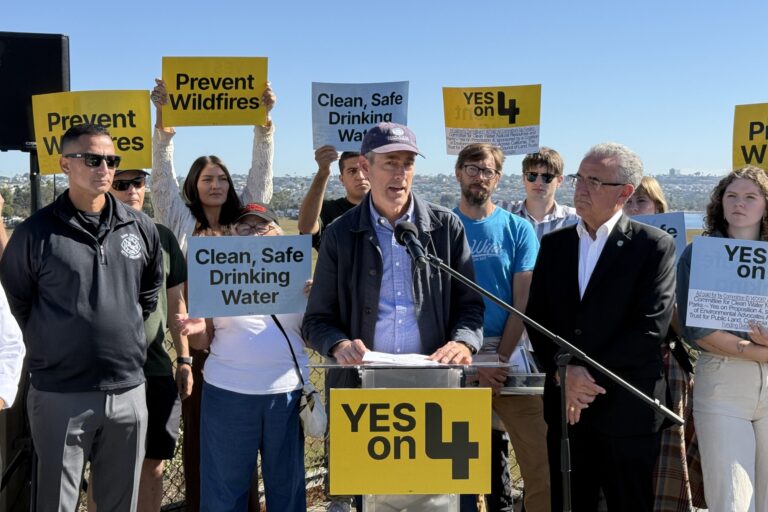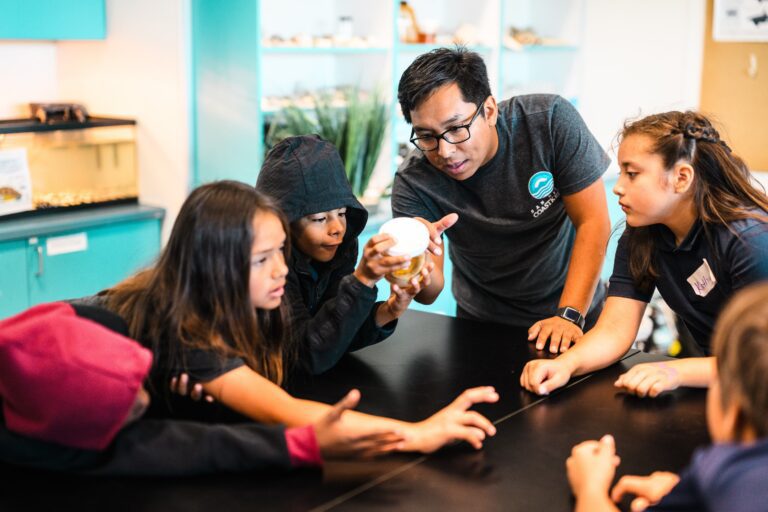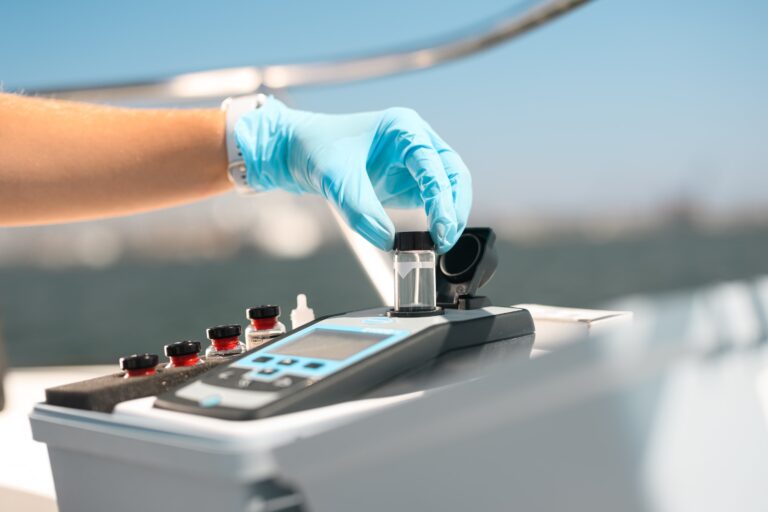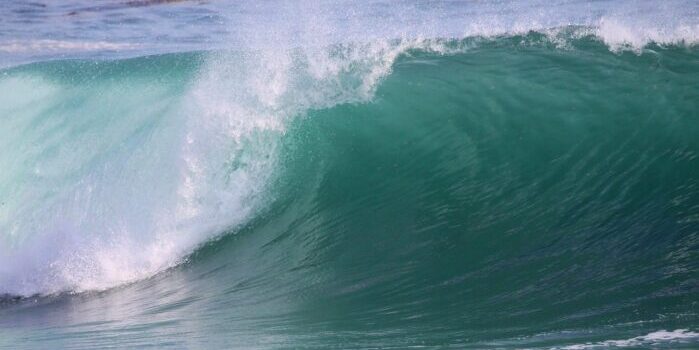It all starts with water
At the core of our education programs, Project SWELL and Water Education For All, is the belief that our job as educators is to not only inform our youth about the environment around them and the challenges that face them, but to equip them with the tools they need to implement solutions to those challenges. Our environmental education strategy is to demystify large, often abstract-seeming concepts by rooting them in local waters, making topics understandable, solutions attainable, and lessons relevant
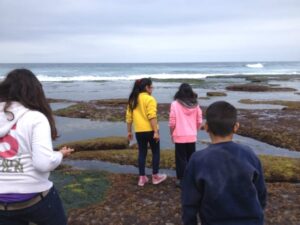

We believe in the power of children of all ages to not only make change in their own lives, but to set an example for our communities.
As water educators, we use our local rivers, streams, and coastline to teach students about habitats, adaptations, water quality, pollution, and more. We aim to empower students to start changing the world by empowering them to change their own schools, homes, and communities. We have been teaching hands-on water education for years, and have reached thousands of students and teachers with our education programs.
Over the years, however, one issue in particular has been looming over us, and that is climate change. As perhaps the greatest crisis facing the next generation, taking on climate change has sometimes felt too daunting to incorporate into our hyper-local lessons. Additionally, we hadn’t been able to identify a source of funding that would allow us to spend time specifically on climate change education. Yet, climate change is deeply relevant to topics in water quality and water supply, and it certainly wasn’t going away.
So a few years ago we started seriously asking ourselves, “How do we take a topic so unwieldy, so global, and so overwhelming and make it local, attainable, and relevant?”
“People influence natural systems”
One of the key environmental principles of the Next Generation Science Standards – the science education content standards California has adopted to guide K-12 science education – is the principle that people influence natural systems. In our water education programs, we address this principle by teaching students about urban runoff, marine debris, and how to help minimize pollution. As climate change is one of the largest and most severe outcomes of all the ways in which humans influence natural systems, we knew we could fold climate lessons into our existing education curriculum, but where to start?
Building partnerships
Back in 2015, Education Manager Sandra Lebron was deeply engaged with the education committee of San Diego Children and Nature, an organization leading the regional movement to connect all children to nature by providing professional learning and networking for educators, families, and communities. Through her work on that committee, she was introduced to the fine folks over at the Climate Science Alliance, a group working to safeguard the natural and human communities of the South Coast Eco-region in the face of a changing climate. With these new connections and the knowledge and resources that community partnerships bring, Sandra felt freshly empowered to start incorporating meaningful climate education into our existing curriculum.
Piloting climate change education
In partnership with the Climate Science Alliance, Sandra, her then education specialist Julie, and their team of interns developed new climate change lessons and activities. These lessons included tools for understanding which human activities produce greenhouse gases, presentations on the ways in which climate change is impacting our oceans, games that help illustrate links between human behaviors and climate outcomes, and resources full of tips for how students can reduce their climate impacts in their own lives and empower their families and communities to do the same. We piloted these new lessons at Pacific Beach Elementary School over the course of five weeks in 2017 – reaching every single student in grades K-5 at the school – and received positive feedback.
With these new, climate-enhanced lessons in hand, we were more excited than ever to start empowering San Diego’s youth to engage meaningfully with this complex topic. But our work was just getting started, and we were going to need some additional help actually getting these lessons out into schools across San Diego communities.
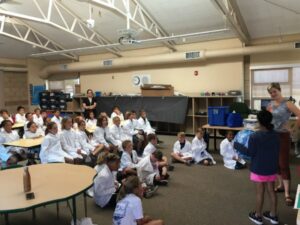

Expanding our reach
We found the help we needed from a handful of additional partnerships. One such partnership was with NOAA Climate Stewards Education Project (now called NOAA Planet Stewards Education Project), which allowed us to purchase much-needed supplies to build the education kits we planned to distribute to local classrooms. Another partnership was through the Port of San Diego’s environmental education grant program. The Port partnership allowed us to develop new climate lessons and the greatly broaden the reach of the program. Through this partnership, we were able to expand the program into the San Diego Bay Watershed communities of Coronado, Imperial Beach, and Chula Vista in addition to San Diego by working with partner schools in those communities. Through the Port partnership, we also developed Spanish-language versions of our climate lesson, further improving our ability to connect with more students and more educators in our region.
The stories that inspire us
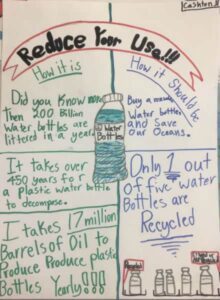

Already, we’ve seen these new, climate education-enhanced Water Education for All lessons inspire some remarkable things in our community. A few favorites include:
- The students of Marston Middle School going above and beyond with their climate action projects to create educational posters, film fun and informative PSAs, put together a school-wide plastic reduction assembly, implement an environmental spirit week, and more.
- A moment in which a local middle school student asked her mother to drive her to a presentation outside the school, but didn’t explain what it was about, only to completely blow her mother away with the quality of her research and professionalism of her climate presentation.
- How the fifth graders in Bayside Elementary and Silver Strand Elementary conducted their climate action projects by meticulously recording their individual plastic use for two weeks, and sharing thoughts such as, “Keeping my plastic diary was really eye opening. I was very surprised by how many pieces of plastic I used,” and “This plastic project helped me see how much plastic I used, and how I can use less plastic,” and “After the first week I made a goal not to use as many plastic straws.”
Moments like this give us an immense amount of hope for what we can accomplish with climate change education, and our network of supporters and partners continues to grow.
Digging deeper
Additional support came to us this year from the SDG&E Environmental Champions Initiative, which allowed us to add climate science to our Project SWELL curriculum. Project SWELL is our K-6 science curriculum developed in partnership with the City of San Diego’s Think Blue program, for use in San Diego Unified School District. These lessons cover topics such as climate change impacts on aquatic animals, the intersection of climate change and marine debris, and ocean acidification.
Another way we’ve been collaborating on climate education is by helping other organizations develop their own climate change lessons. For example, we recently developed a new fifth grade curriculum called “Terrific Trees” for our friends at Tree San Diego. The lessons in this curriculum guide students in a deeper understanding of the vital ecosystem services trees provide. In the kick off event at Balboa Park, students measured trees, compared the temperature between shaded and exposed areas, calculated how much carbon dioxide trees can sequester, how many gallons of storm water they can capture, and how many pounds of air pollution they can remove from the air. We love collaborating with other local non-profits of innovative and inspirational projects like this one.
We are immensely grateful for all the community partnerships that have informed and empowered our journey to adopt climate education on a local scale, and we are so excited to continue this path toward empowering San Diego’s students and educators.
Passing it all to you
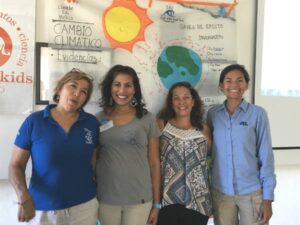

If you are an educator who is interested incorporating free, standards-aligned water and climate education into their classroom – or know someone who is – we would love to hear from you. Project SWELL is available for teachers inside San Diego Unified School District, and Water Education for All is available to educators anywhere and everywhere. Thanks to the support of our amazing partners, both curriculums offer free lessons, free professional development, and free in-class presentations to help you kick off your climate education journey.
Request Water Education For All







